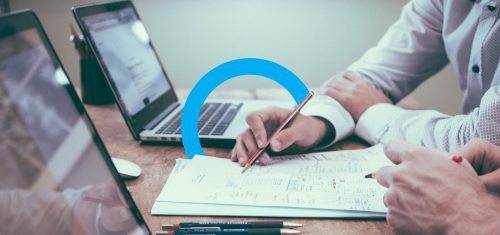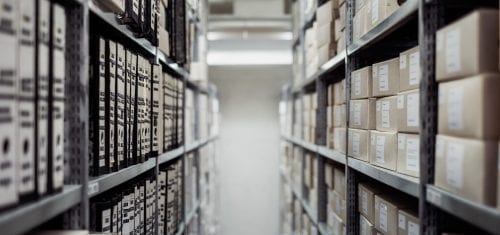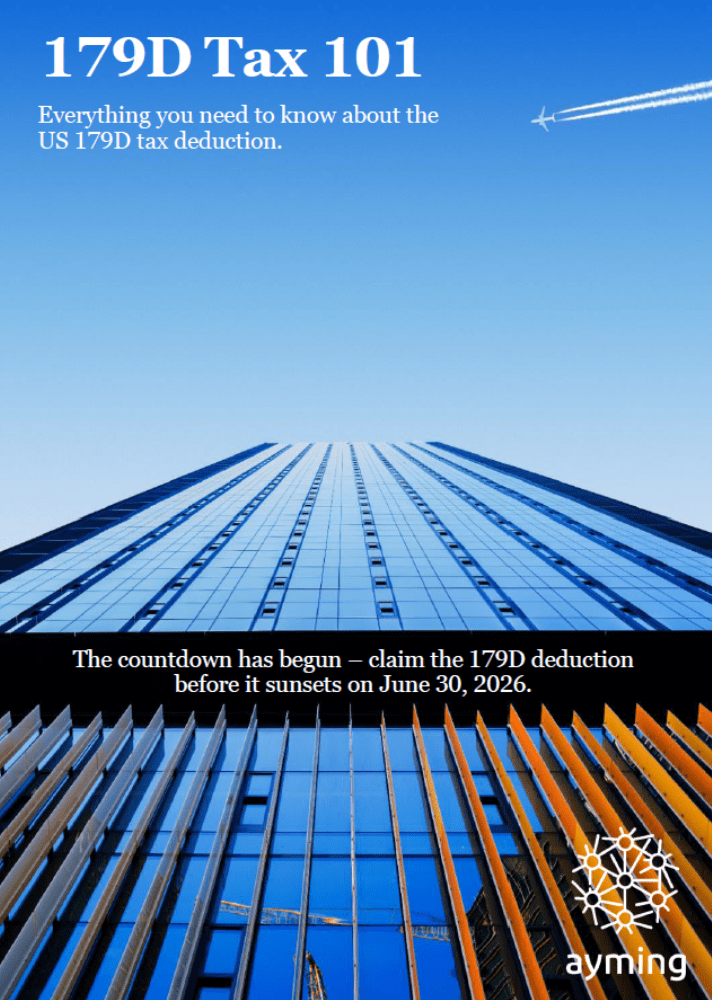What is the 179D Tax Deduction…and do you qualify?
Our team speaks to companies every day who don’t believe the US 179D tax deduction applies to them. In reality, the definition of 179D for tax purposes covers a much broader range of activities than you might think. If you’re in commercial real estate, construction, architecture, or engineering and you’re not claiming 179D, you could be leaving serious money on the table. This guide breaks down the deduction in plain terms, answers the most common questions, and helps you find out if you’re eligible.
Whether you’re a building owner or a primary designer, this is the shortcut to understanding what you qualify for and how to claim it before the June 2026 deadline.
Key insights:
- Who qualifies for 179D: It’s not just owners – architects, engineers, consultants, and contractors can too.
- Eligible projects: New builds, retrofits, and upgrades to lighting, HVAC, and envelope systems may all apply.
- Tax-exempt allocations: Designers of government and non-profit buildings are newly eligible under recent law changes.
- Compliance made easy: What documentation the IRS actually requires, and how to stay audit-ready.
What you’ll learn:
- How to determine if your building or project qualifies
- What types of improvements unlock the biggest deductions
- Key changes from the Inflation Reduction Act and what they mean for you
- Tips to maximize your square footage and deduction amounts
Who should read it?
- Building owners and developers looking to reduce tax liability on energy-efficient builds
- Architects, engineers, and design firms working on government or commercial buildings
- Construction firms and contractors who implement energy upgrades
- CPAs and consultants advising clients on green building incentives


